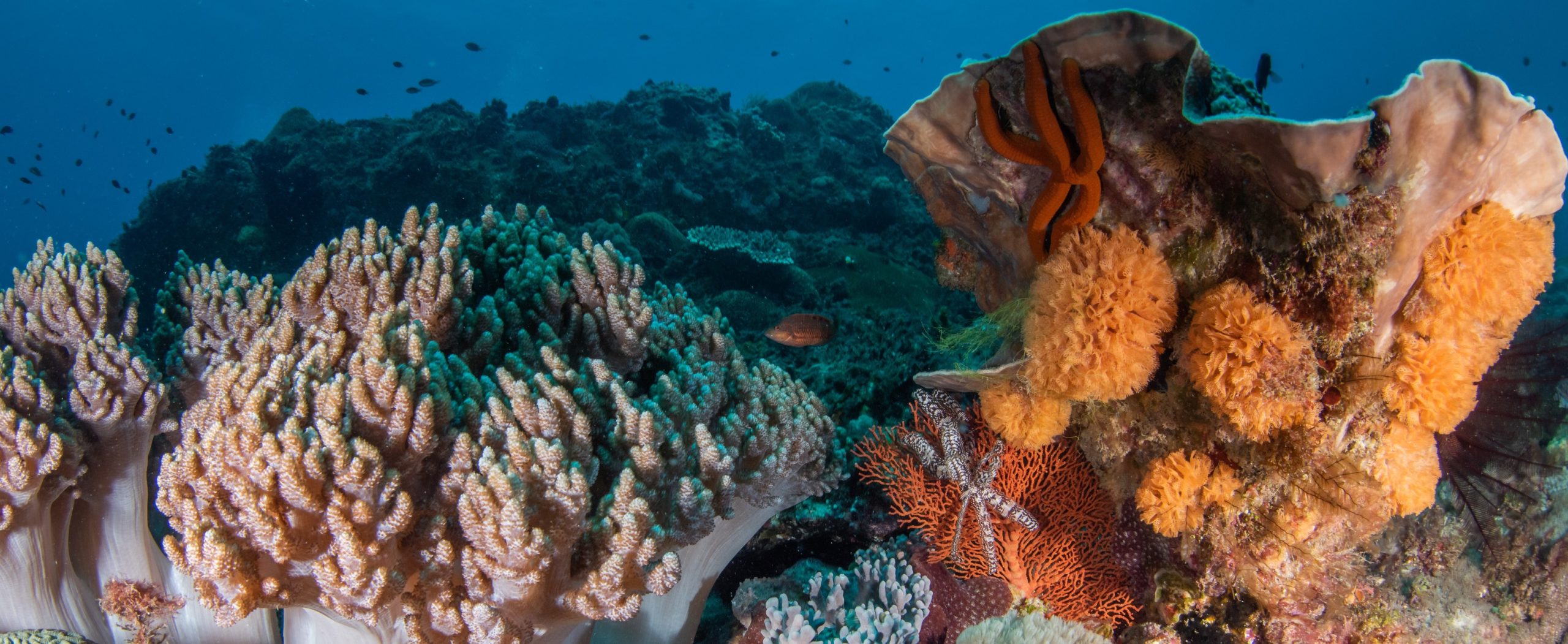Small no-take marine protected areas (MPAs) in urban settings can fail to adequately protect biodiversity due to the combined effects of illegal fishing and species emigrating outside the protected area boundaries. Further assessment of the effectiveness of these areas is needed to provide insights into how they can best be managed to generate conservation benefits. The Fly Point no-take MPA in Port Stephens, New South Wales, Australia, was used as a case study, with the objective of examining whether a small urban no-take MPA can produce conservation benefits, despite the handicaps imposed by its size and location. Diver-based underwater visual census data, recording fish species and abundances, was obtained from 434 surveys conducted in Port Stephens (2009–2022) at three sites within the Fly Point no-take MPA and at three surrounding sites open to fishing. These data were analysed using permutational multivariate analysis of variance to determine whether no-take protection significantly benefited fish species richness and diversity. We found significantly higher species richness for sites in the no-take MPA than in surrounding areas and significant differences in assemblages between no-take and fished areas, driven in part by greater abundances of two fishery-targeted species in the no-take MPA (Acanthopagrus australis and Scorpis lineolata). Generally, fish diversity was also significantly higher for sites within the no-take MPA, although diversity was also high in fished sites adjacent to the no-take MPA. Study results demonstrate that small urban no-take MPAs can provide conservation benefits, especially when these areas have been protected for more than a decade and where high visibility and local stewardship enable adequate enforcement of no-take restrictions. Consequently, planning for MPAs in urban areas should endeavour to ensure high levels of public support and, ideally, should situate MPAs in highly visible locations, in order to maximise their conservation outcomes.
